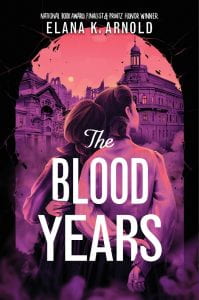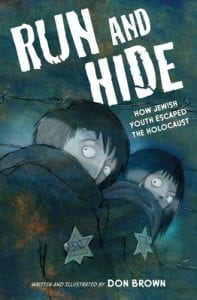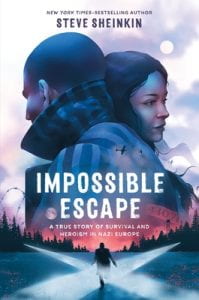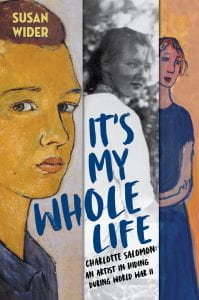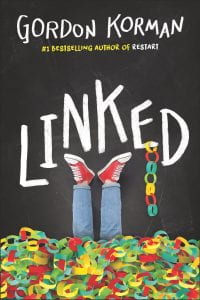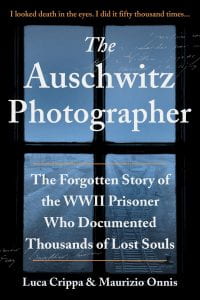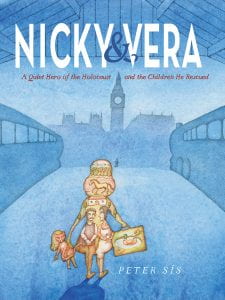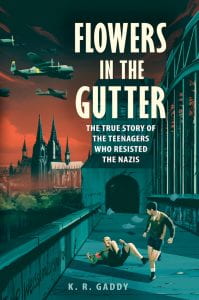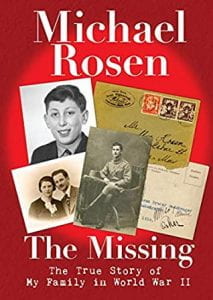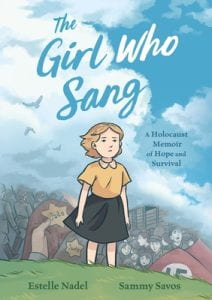 Nadel, Estelle, and Sammy Savos. The Girl Who Sang: A Holocaust Memoir of Hope and Survival. Roaring Brook Press. 2024. 978-1-250-24777-3. 272 p. $18.99. Grades 6+.
Nadel, Estelle, and Sammy Savos. The Girl Who Sang: A Holocaust Memoir of Hope and Survival. Roaring Brook Press. 2024. 978-1-250-24777-3. 272 p. $18.99. Grades 6+.
Enia Feld enjoyed an idyllic childhood in rural Borek, Poland, surrounded by her parents, four siblings, and extended family. She especially loved to sing as she explored the natural beauty of her hometown. Her Jewish family prepared kosher food and observed the Shabbat each Saturday. In September 1939, German troops crossed the border into Poland, and German airplanes attacked numerous Polish towns. It took time to feel the effects of the invasion in Borek, but by December Enia’s life began to change dramatically. A yellow star on her sweater was followed by a raid of her family’s modest home, and then the devastating loss of her sister, brother, and father. World War II had arrived in Borek. Enia and her surviving family members went into hiding, sheltered by brave friends and neighbors who risked their own lives to protect the Felds. Though she had lost so much, Enia would suffer further incomprehensible losses before liberation in 1944, and her challenges continued with a “new beginning” in America (where she became “Estelle”). The Girl Who Sang is a truly unforgettable graphic memoir of hope and survival. Illustrator Sammy Savos cues the color palette to Enia’s emotions, from her bright and sunny young years to the dim and foreboding years in hiding to the subdued panels depicting her first years in New York. Readers will take heart in the return of sunshine in the book’s final section.
THOUGHTS: Estelle Nadel writes in her author’s note, “Someday there will no longer be any Holocaust survivors still living.” Fortunately, books like this one exist to deliver their testimony to new generations of readers.
Graphic Memoir

